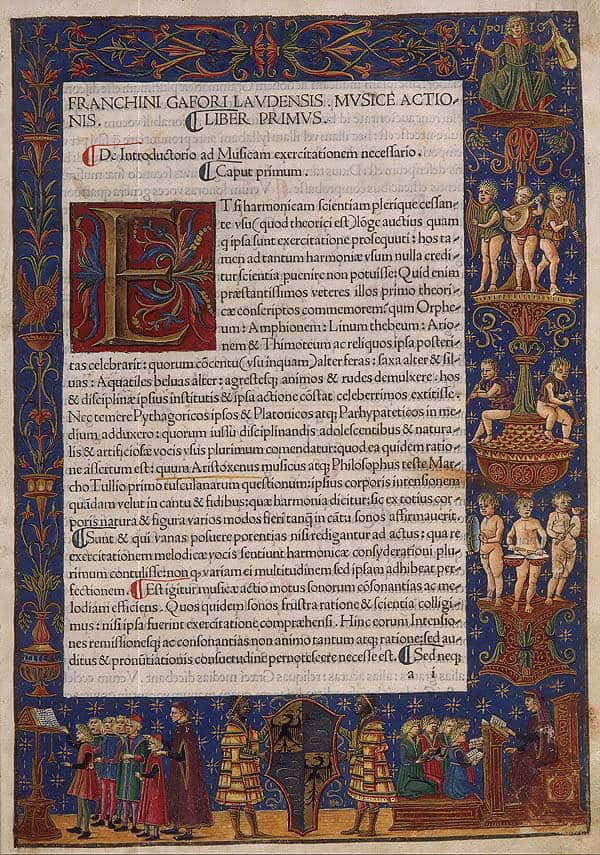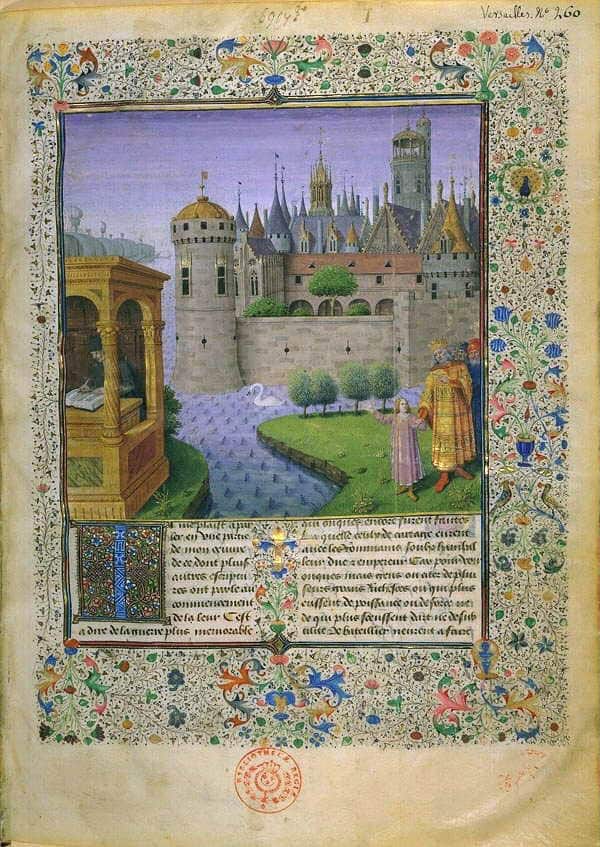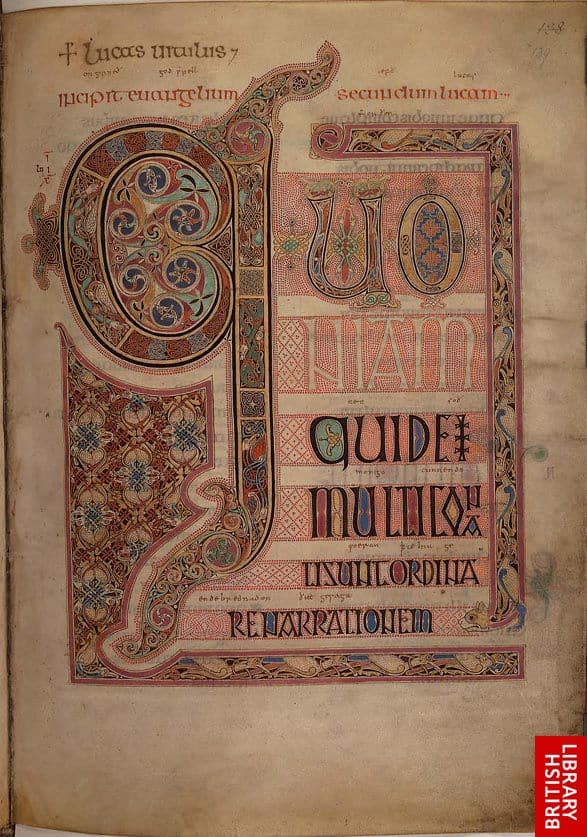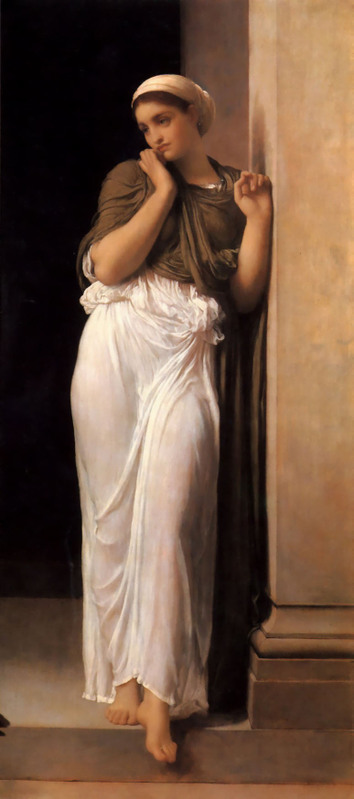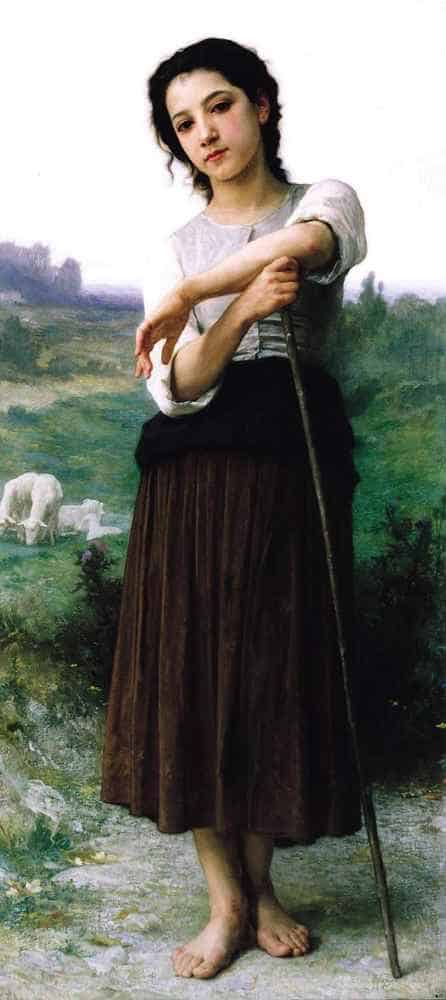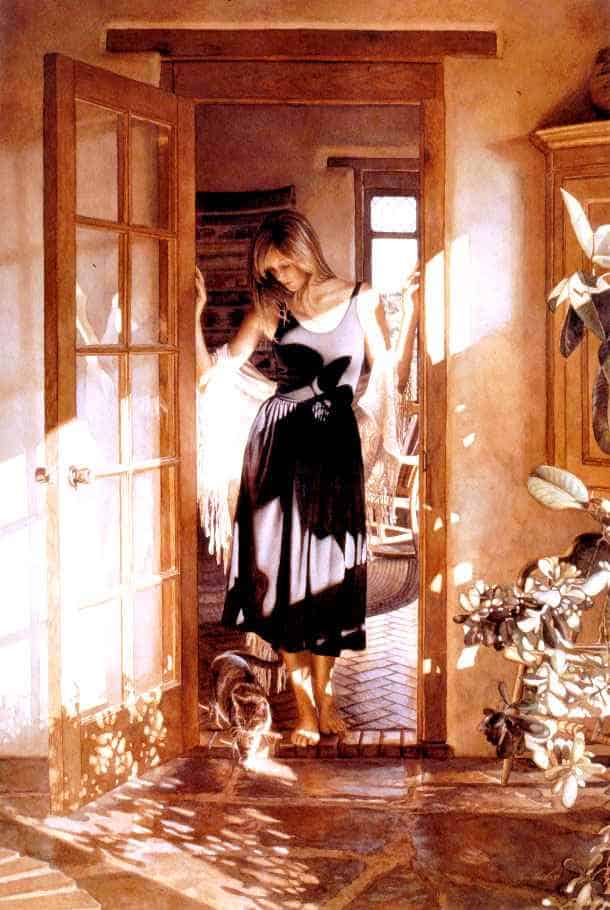This is an unusual interpretation of this famous painting, which, moreover, does not agree with the text that it illustrates.lombano wrote:
This is 'St. Francis of Borja assisting a dying man,' and the story is that a dying man was haunted by visions of demons, the saint raised a crucifix and miraculously blood gushed out of it, driving the demons away. But in Goya's version, there is no hint at all that the miracle has been successful - the demons don't even appear to have noticed it (and neither does the dying man), and the saint himself appears terrified at the miracle's ineffectiveness.
The subject depicted by the painting is not an exorcism but a damnation. The text, which Goya's painting closely matches, describes how the carved image of the crucified Christ held by Francis, having realized that the soul of a particular dying man could not be saved:
(The full title of the painting is: "Saint Francis Borgia at the Deathbed of an Impenitent.")... detached its [the Crucifix's] nailed right arm, and placing its hand in that profusely bleeding lacerated wound in its chest, withdrew a fist filled with blood, and hurled it with indignation at the frowning, denigrated face, saying "Since you scorn this blood, which was shed for your glory, let it serve for your eternal unhappiness." Then that pitiful man, with an awful, blasphemous shout directed against Jesus Christ, gave up his soul, convulsed by a horrid moan, and it was turned over to the infamous ministers of fire and fright.
On the subject of miracles and Goya, here is another famous painting: St. Anthony raising a dead man - clearly a success:



